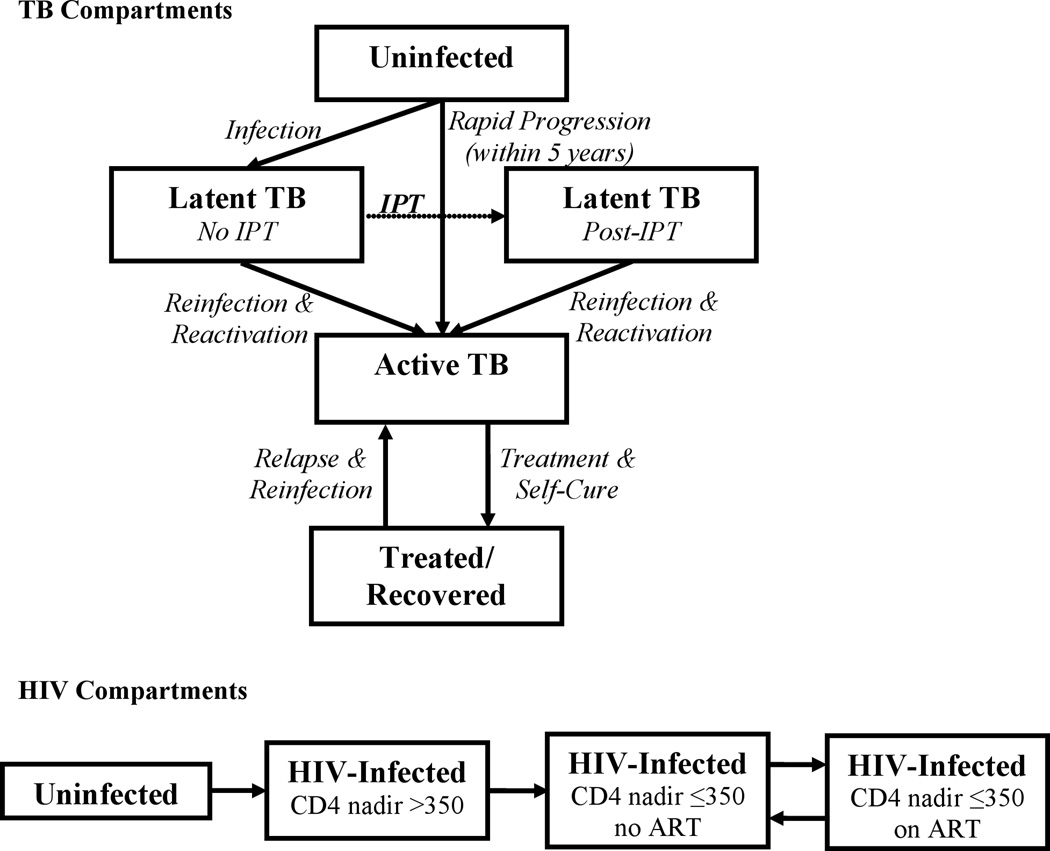Figure 1. Structure of Compartmental Transmission Model.
Rates of flow between each compartment are governed by differential equations, as described in the Appendix. Each compartment is further sub-divided by HIV status and drug-resistance status (multidrug-resistant or not multidrug-resistant). IPT (dotted line) is modeled as a one-time intervention, delivered only to people living with HIV, providing immediate partial protection (among those who will complete therapy) against reactivation TB, no protection against reinfection, and no benefit for those infected with multidrug-resistant TB. After completing IPT, individuals remain in the post-IPT state for the remainder of the analysis. Per contemporary Brazilian policy, ART was assumed to be available only to those with CD4 counts ≤350, and to provide immediate benefit (equivalent to having a CD4 count >350) upon initiation.

